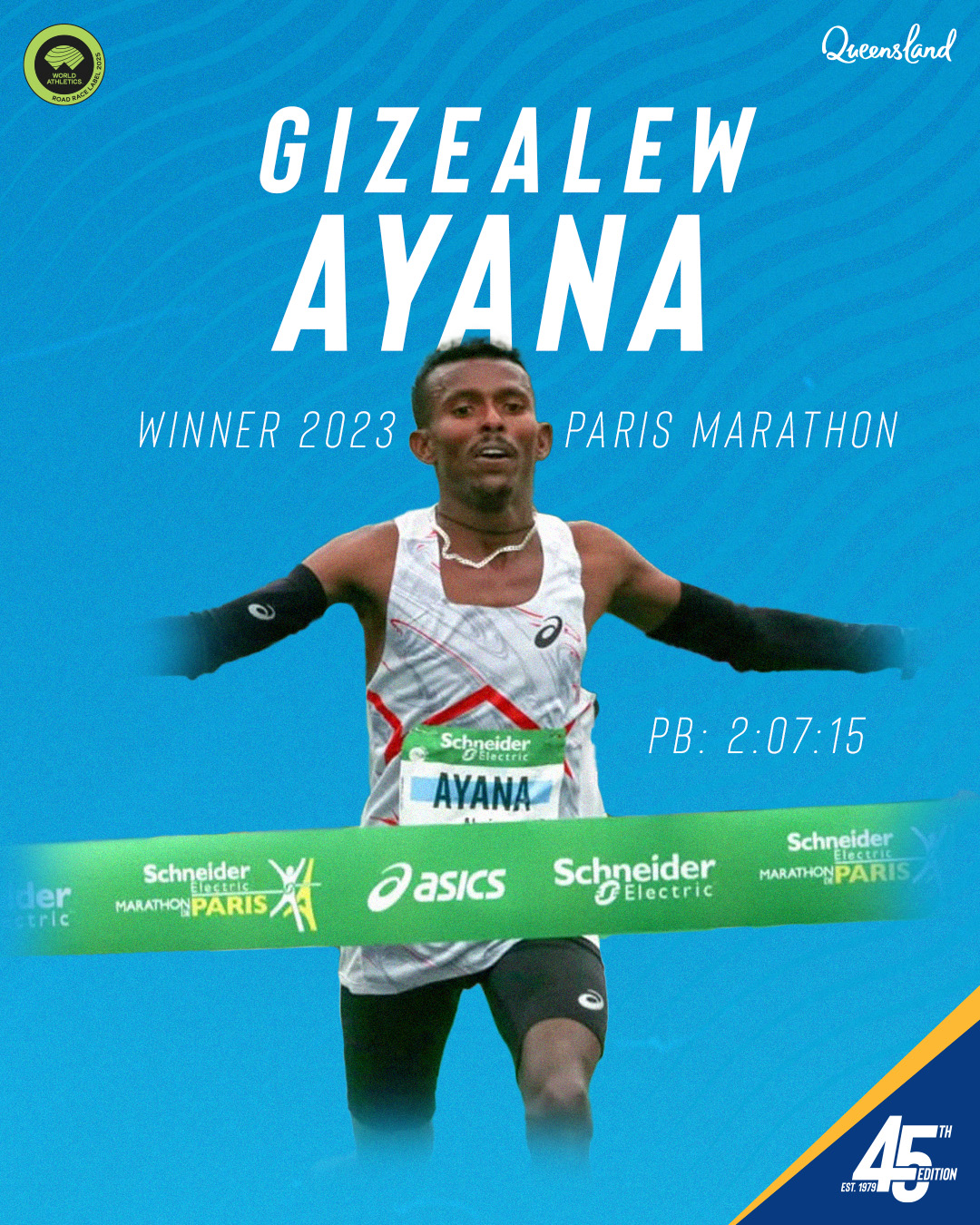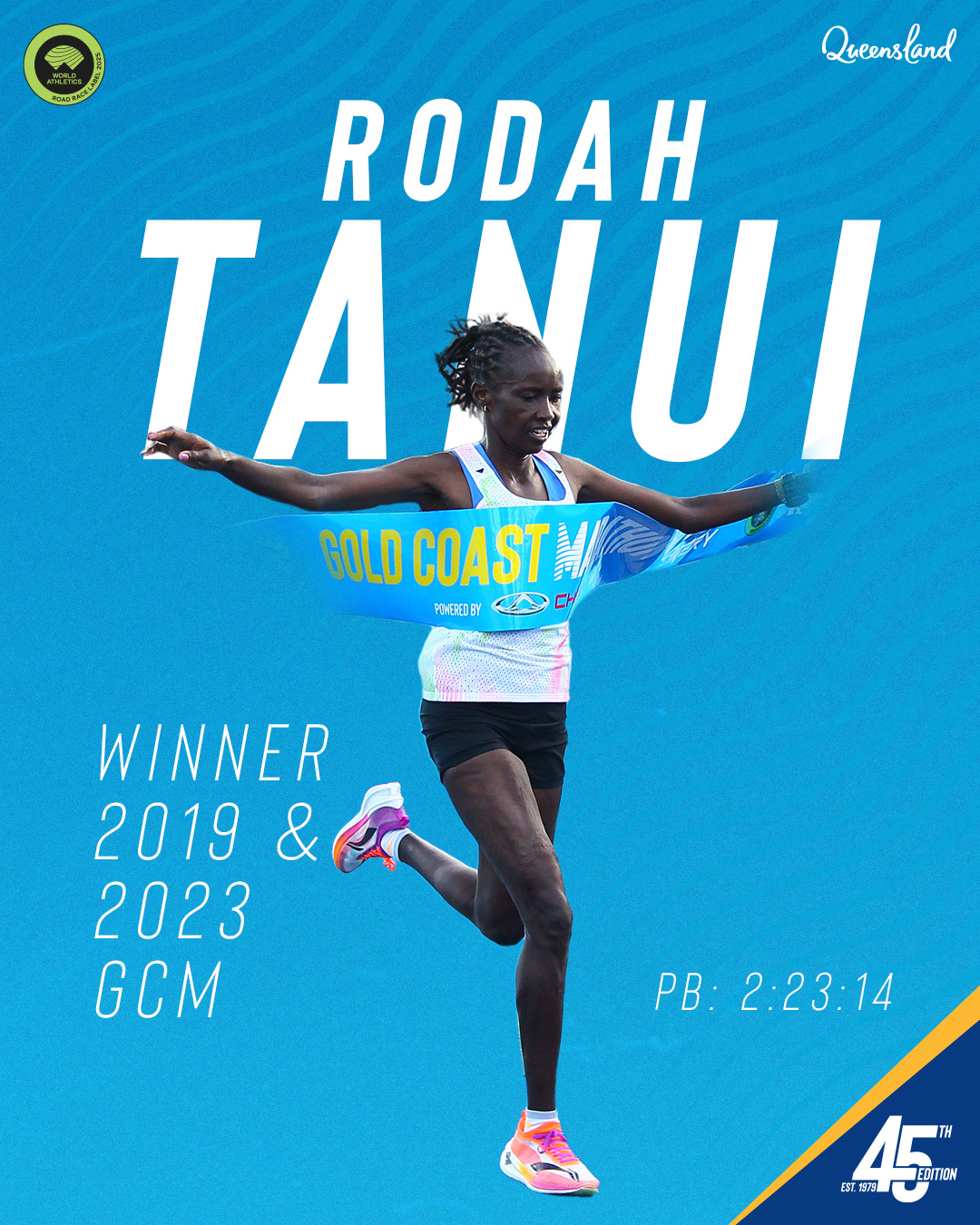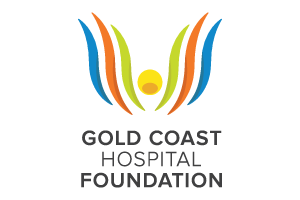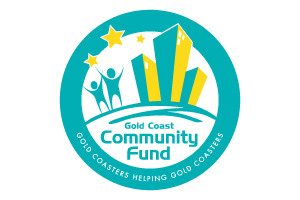Elated, exhausted, deflated, ecstatic … there’s a gamut of emotions a runner can experience when they finally make it to the finish line of...
Identifying overuse running injuries


Julian Tubman BAPPSCI (PHTY) APAM
Pogo Physio – pogophysio.com.au
It’s the feeling no runner wants to experience. You’ve been putting in the hard yards- building up your long runs, feeling fitter and faster in the lead up to the marathon. There are only a few weeks left until race day and training has been progressing smoothly until now. You’ve developed a niggle out of the blue that you just can’t seem to shake off. Although it’s not stopping you from running, you don’t want to lose momentum and are worried that it will develop into something more.
Here are some tips that will help guide you on what to do next, navigate common injuries and adjust training accordingly.
1. Get an early diagnosis
An early diagnosis can be the difference between making it to the start line or watching the marathon from the sidelines. Pushing through some injuries may spell the end of your training campaign, however, other injuries may only require a few training modifications to get you to the start line injury free.
Given the repetitive, impact-based nature of marathon training, the most important injury to rule out is a bone stress injury. These can present in the foot, shin, thigh, lumbar or sacral spine. They are usually preceded by sudden increases in training loads, whether that be increased running mileage or intensity. Symptoms include tenderness over the affected bone (for sites directly under the skin such as the shin and foot), and pain with hopping or running. In the early stages there may only be a dull ache that progresses during a run and settles with rest. However, bone stress reactions can progress into stress fractures- these can cause sharp pain with hopping or jumping and ache at rest. It is important that these injuries are identified early and runners restrain from impact activity to give sufficient time for bone healing.
Fortunately, most other common running conditions such as tendinopathy, plantar fasciopathy, patellofemoral (anterior) and ITB (lateral) knee pain do not require complete rest from running. In fact, most runners can continue to train with appropriate load modification and strengthening exercises. These conditions typically present as a gradual onset of load related pain directly over the affected site. Like bone stress injuries, they manifest after a period of greater training loads and represent a mismatch between tissue loading and capacity. Other associated training errors include increased speed or hill running, change of training surfaces or shoes and poor recovery.
2. Listen closely to your body and how your injury responds to training
Pay close attention to the nature and behaviour of your pain. Using a bit of common sense and understanding what flares it up can guide load management strategies to keep you running. Here is a checklist of questions that you should ask yourself that can assist in diagnosis, management and training modifications:
i) What is the long-term trend- is my pain getting better or worse over time?
If it’s improving, continue training whilst closely monitoring training load and pain levels. If it’s deteriorating, it’s very unlikely that it will improve with further running. If the niggle persists after a period of deloading- it’s best to seek professional advice. The same applies if pain takes longer to settle after training or comes on earlier during a run.
ii) Is my pain sharp or affecting my running stride?
Your body is pretty good at letting you know that something’s not right. Continuing to run through this by compensating your stride pattern is likely going to cause further injury. Again, best to get this checked out.
iii) Does my niggle feel better wearing different shoes or running on different terrain?
Running on softer surfaces such as sand are likely to flare up Achilles and calf niggles. See if running on firmer surfaces in shoes with a greater heel-toe drop helps. Hills, in particular descents are provocative for ITB and anterior knee pain. Try a few runs on more level surfaces to settle your symptoms. Most cases of proximal hamstring tendinopathy are preceded by spikes in uphill running or speed work. Is the ball of your foot sore? Try a shoe with more cushioning or a rocker bottom. You’ll be surprised on how a bit of trial and error can help!
iv) Is there pain at rest of whilst walking?
It’s definitely a good idea to stop and screen for a bone stress injury. If it’s sore whilst walking, it’s probably not going to get any better running on it either. Deload the area with non-impact pain free activities until you seek professional advice.
v) Does it get progressively worse or improve as I run?
If it’s the latter, chances are that you’re running with a plantar fasciopathy (for pain under the heel) or tendinopathy. It’s best not to increase mileage, intensity or add in hills with these injuries. Replace some volume with a gym-based tendon loading program to promote tissue adaptation. The next blog instalment will cover tips on dealing with some common injuries.
vi) Does my niggle feel worse in the morning?
A hallmark sign of tendinopathy and plantar fasciopathy is local morning pain and stiffness, which improves with movement. This is a sign that you’ve probably pushed your limits too much in yesterday’s training session. Scale back your training for a few days and see if that morning pain subsides.




























